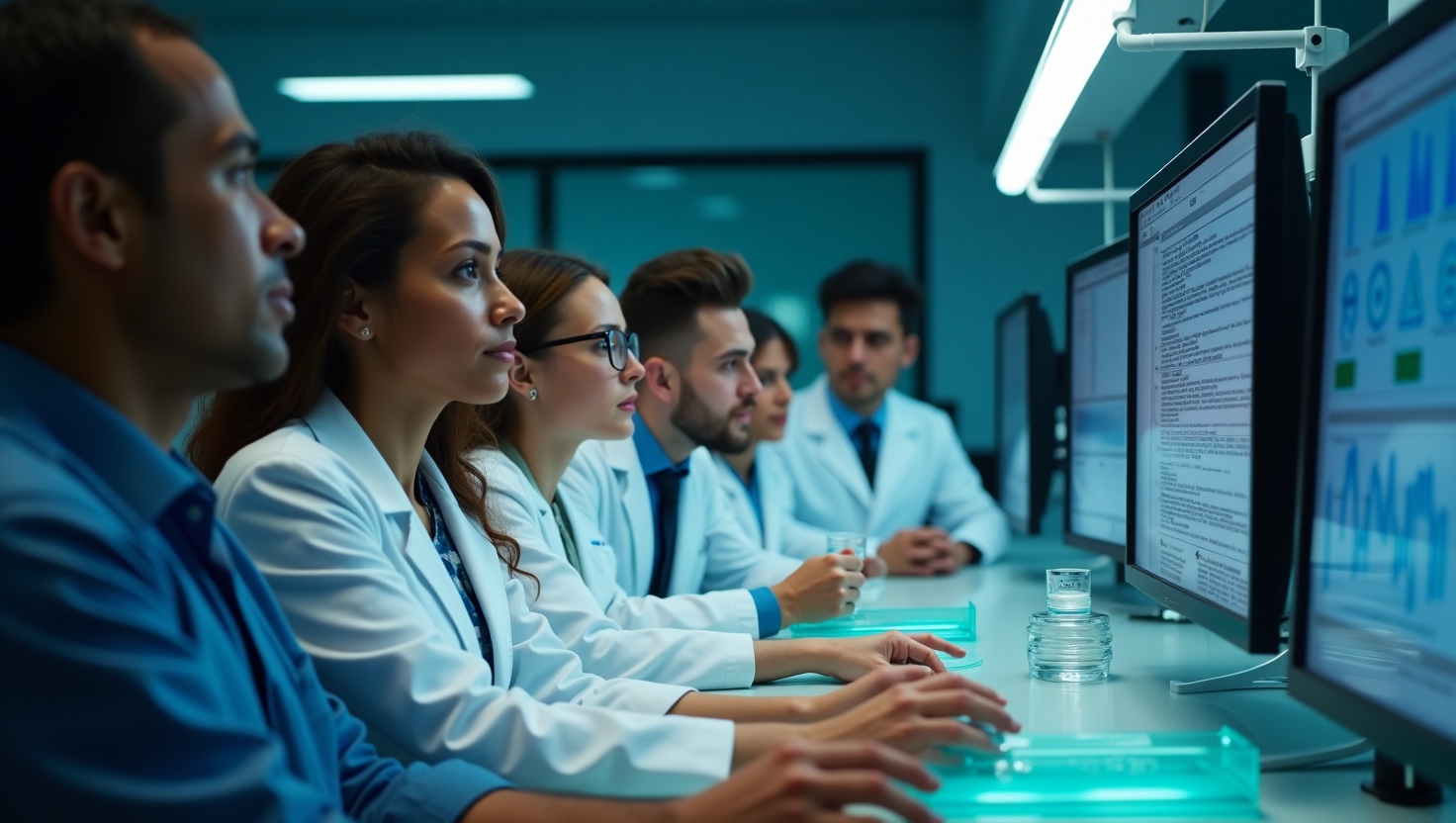Understanding AI Biosecurity Threats: Navigating the Risks and Opportunities
Introduction
Artificial Intelligence (AI) is ushering in unprecedented advancements across numerous sectors, including biotechnology. However, this progress simultaneously introduces new risks, particularly concerning AI biosecurity threats. As AI continues to evolve and integrate into biotechnological applications, the intersection of AI and biosecurity becomes increasingly significant. This article will delve into the potential risks AI poses to biosecurity and the pressing need to navigate these challenges responsibly.
Background
To comprehend AI biosecurity threats, it is crucial to first understand the dual-use nature of AI technologies. While AI can drive significant innovations in biotechnology, such as improving drug design and personalized medicine, it also opens up biosecurity vulnerabilities. For instance, AI algorithms can be manipulated to redesign genetic sequences, potentially leading to grave misuse.
Recent studies underscore these vulnerabilities. A poignant example involves Microsoft’s discovery of a zero-day security vulnerability in biosecurity systems, which was unveiled using AI. This vulnerability pertains to biosecurity protocols designed to prevent the misuse of synthetic DNA (source: Technology Review). The incident highlights how AI can circumvent existing security measures, posing risks of bioterrorism and demanding a re-evaluation of current security frameworks. This scenario is akin to a double-edged sword, where the very tools designed to protect can be repurposed to endanger.
Trend
Emerging trends in AI applications within biotechnology have shown generative AI’s potential to exacerbate biosecurity threats. Generative AI risks are increasingly becoming a focal point for security experts, as these technologies can be exploited to produce harmful biological sequences. This ability significantly alters the landscape of threats, presenting new bioterrorism potentials that were previously unimaginable.
The evolving threat landscape necessitates comprehensive biosecurity measures that adapt to rapid AI advancements. It illustrates a cat-and-mouse dynamic, where security frameworks must evolve in tandem with technological innovations to thwart potential misuse. As highlighted by leading experts in the field, the growing sophistication of AI requires an equally sophisticated security protocol to ensure public safety and biointegrity.
Insight
Insights from the latest research underscore both the enhancing and compromising roles of AI in biosecurity efforts. For instance, AI’s ability to optimize biosecurity screening and detection processes can dramatically enhance protection mechanisms. However, as noted by Microsoft’s Chief Scientific Officer, Eric Horvitz, \”The accelerating pace of AI advancements emphasizes the imperative for proactive threat mitigation strategies\” (source: Technology Review).
Industry leaders like Horvitz advocate for a balanced approach that leverages AI’s potential while safeguarding against its threats. Collaboration between governments, industry, and academia is crucial to developing robust security measures that preemptively address AI biosecurity threats, much like assembling a multi-layered shield to defend against myriad external threats.
Forecast
Looking forward, we anticipate significant advancements in AI technologies that will continue to influence biosecurity frameworks. As AI becomes more ingrained in biotechnological processes, regulatory developments and industry standards must evolve accordingly. Future developments may include enhanced AI-driven surveillance systems, real-time threat detection algorithms, and stringent AI governance policies.
Governments and international organizations will play a pivotal role in shaping a secure future, advocating for global cooperation to harmonize regulations and standards. The role of AI in biosecurity represents not just a challenge but also an opportunity to innovate security paradigms that protect and promote the thriving intersection of AI and biotechnology.
Call to Action
In conclusion, the conversation around AI biosecurity threats is not just an academic exercise but a pressing reality that requires immediate attention. Stakeholders in technology, biotechnology, and security are encouraged to stay informed by subscribing to updates, engaging in robust discussions, and consulting experts within the field. The path forward involves a collective commitment to understanding and mitigating AI biosecurity threats, ensuring technology serves to protect rather than jeopardize humanity.
For further insights on how AI is reshaping biosecurity, consider exploring related articles such as the comprehensive study on Microsoft’s efforts to combat AI-generated biosecurity threats, available on Technology Review.
